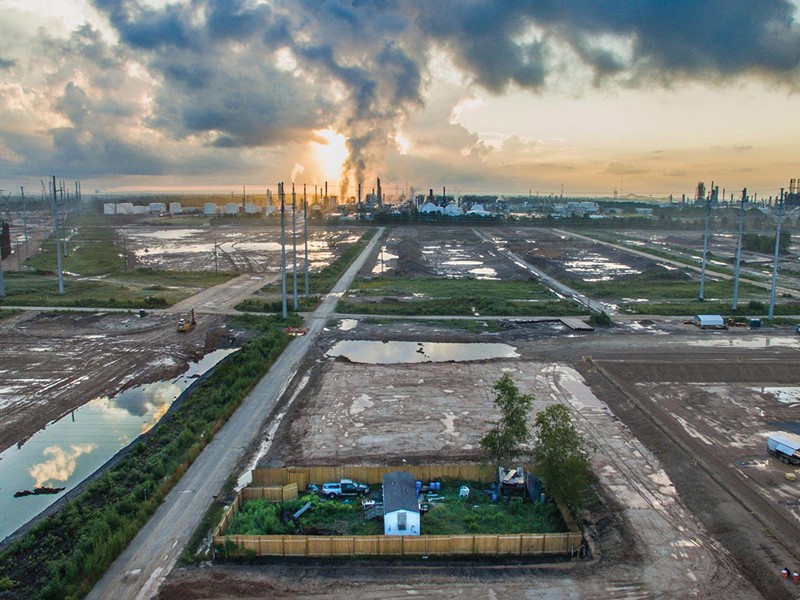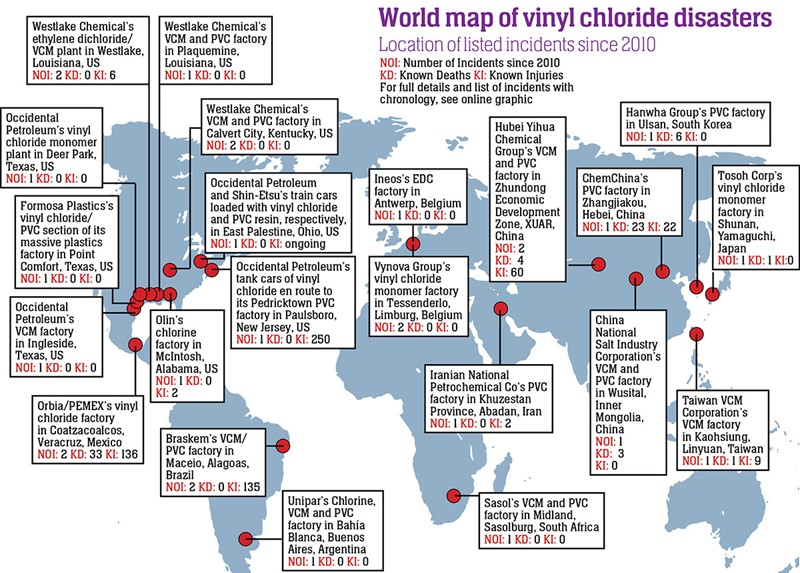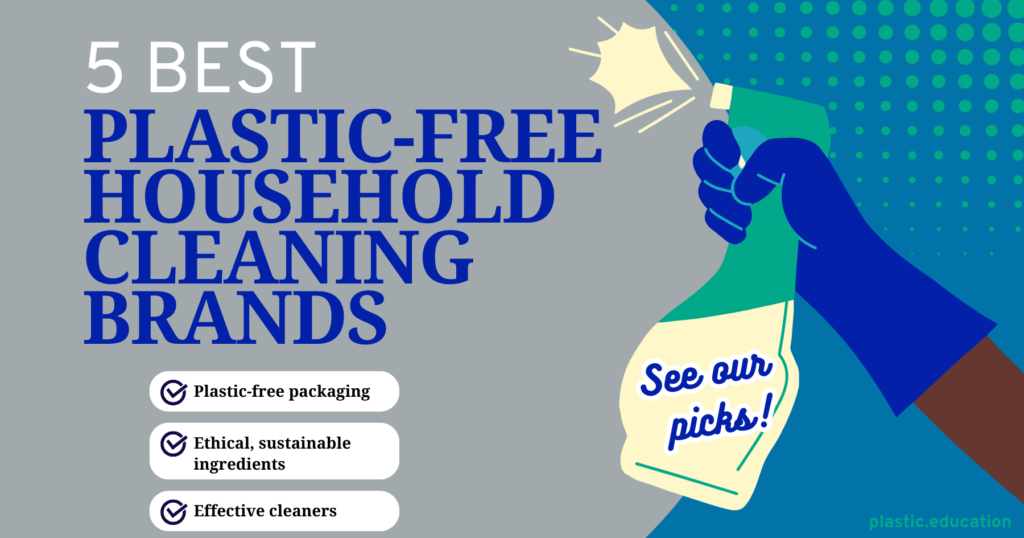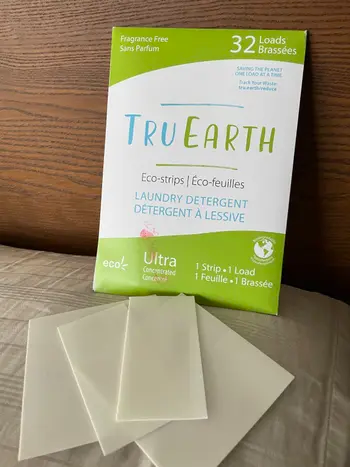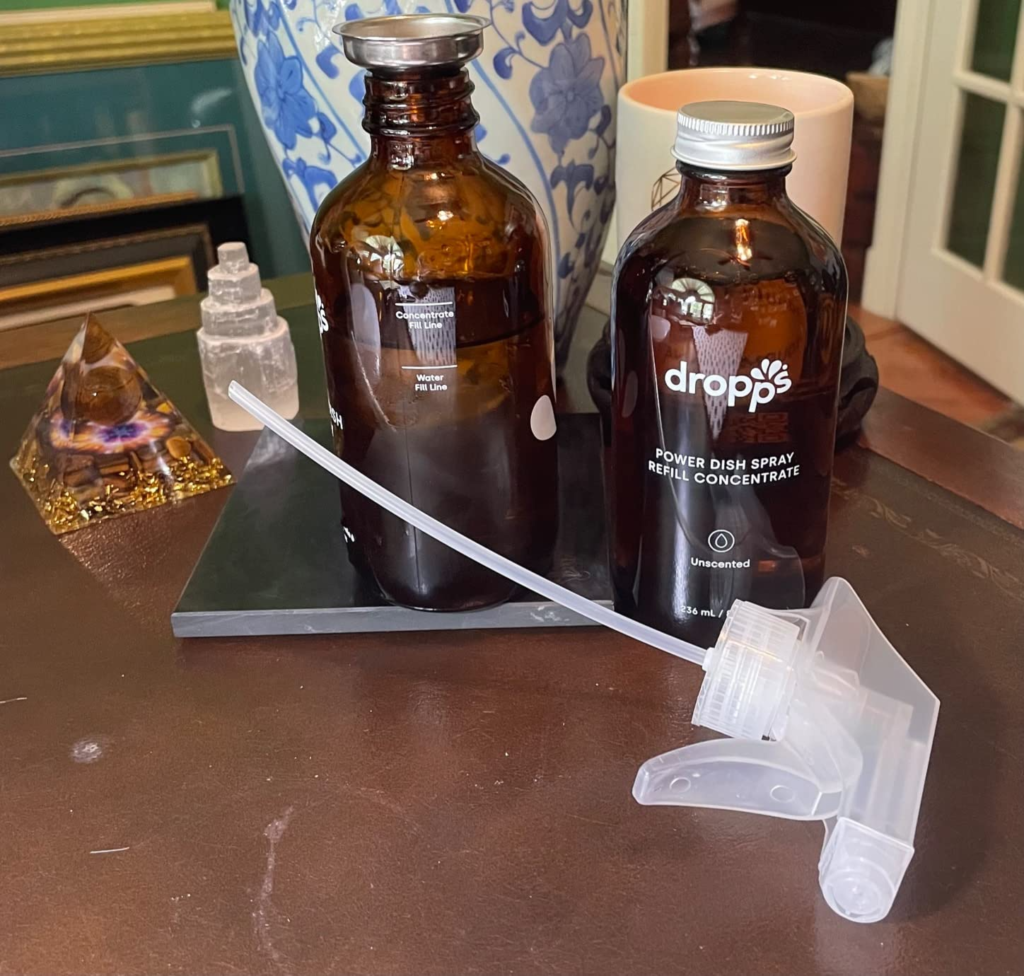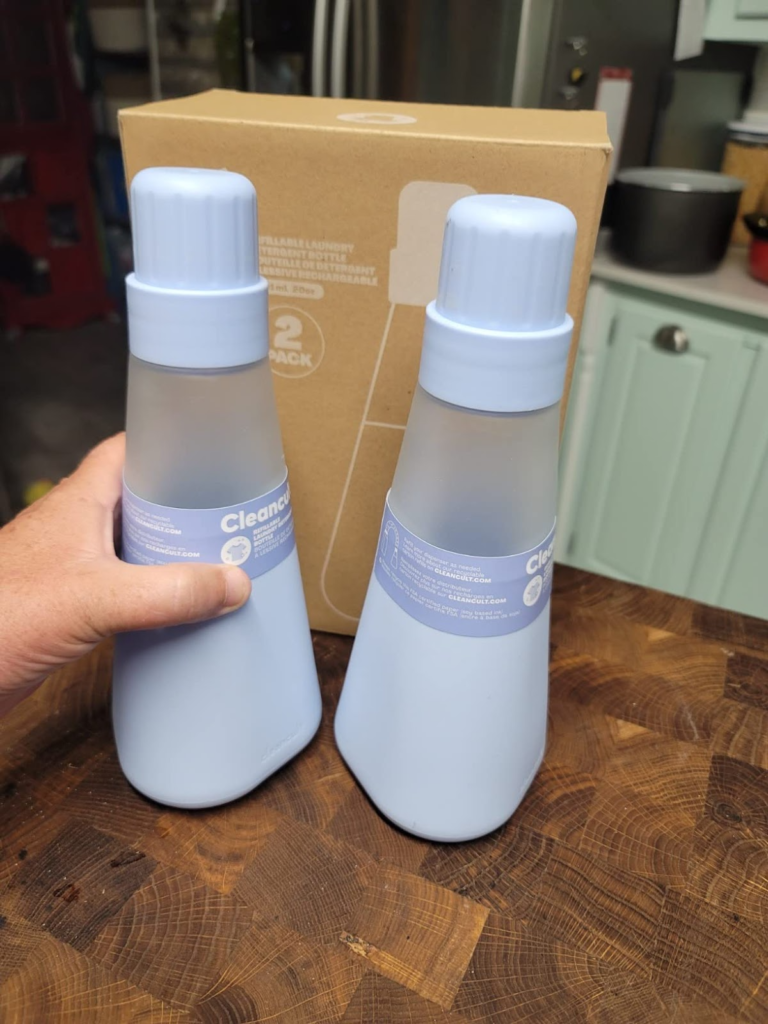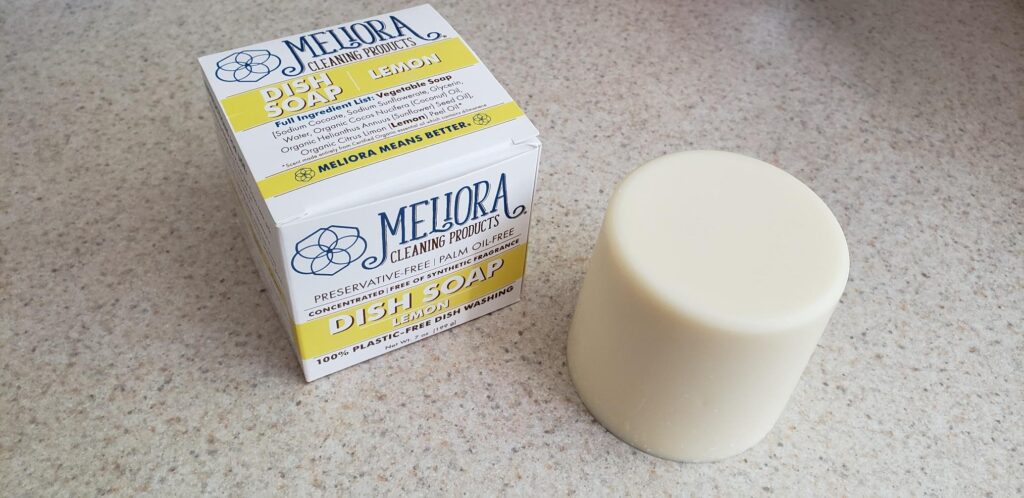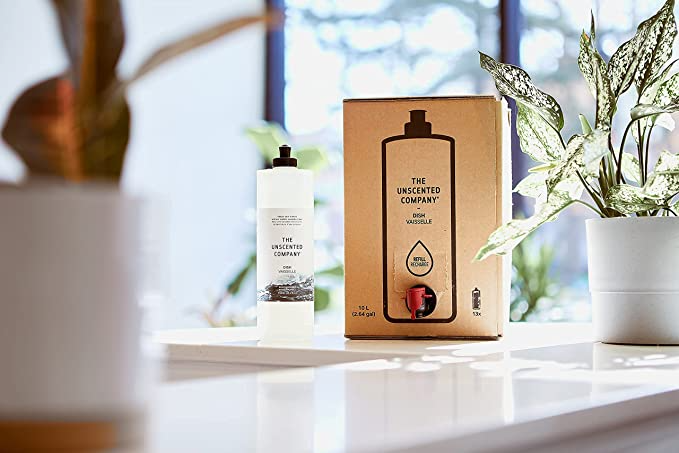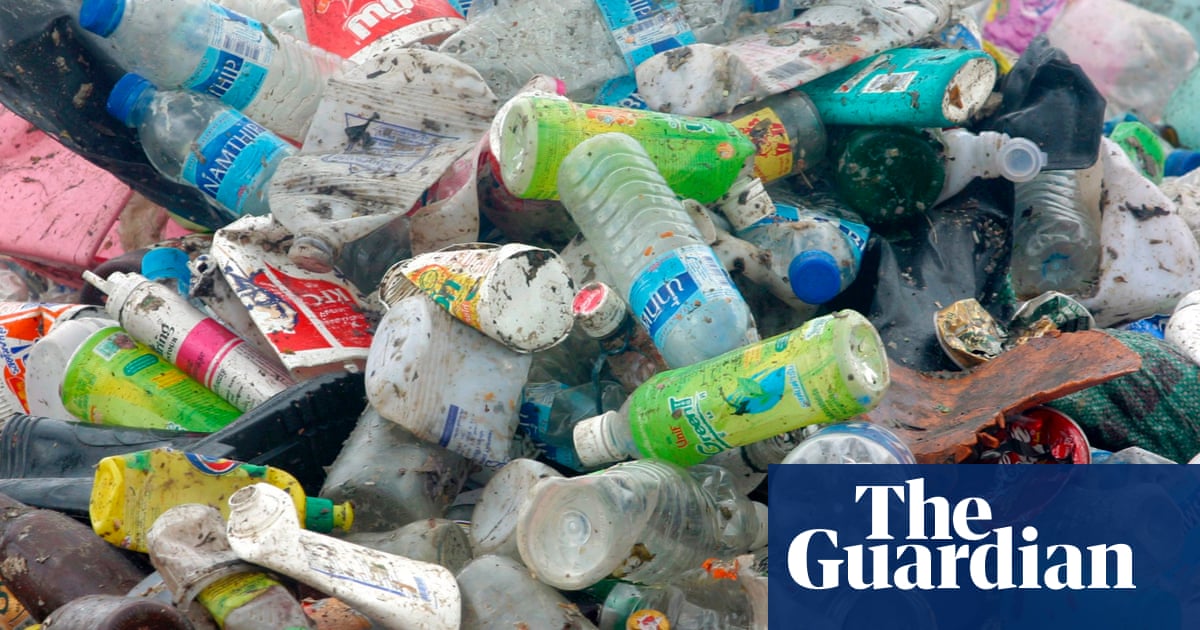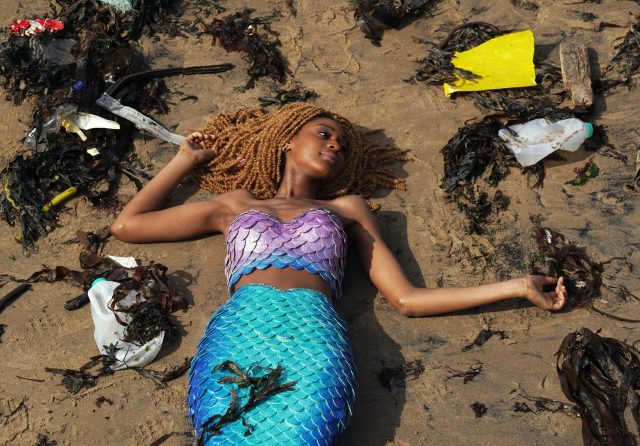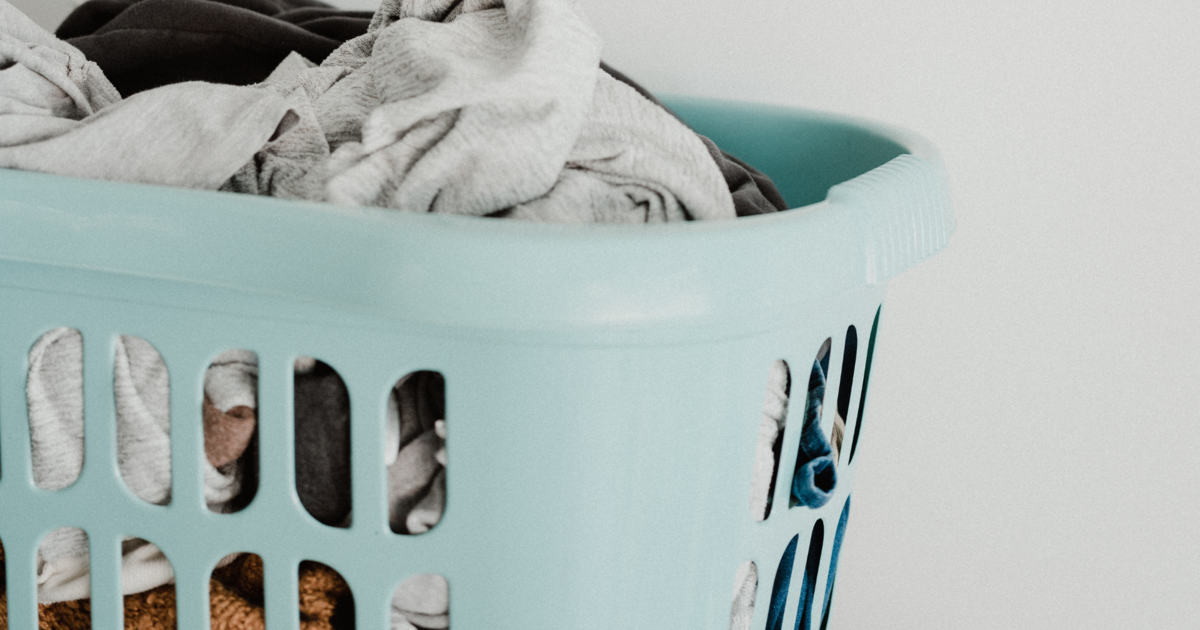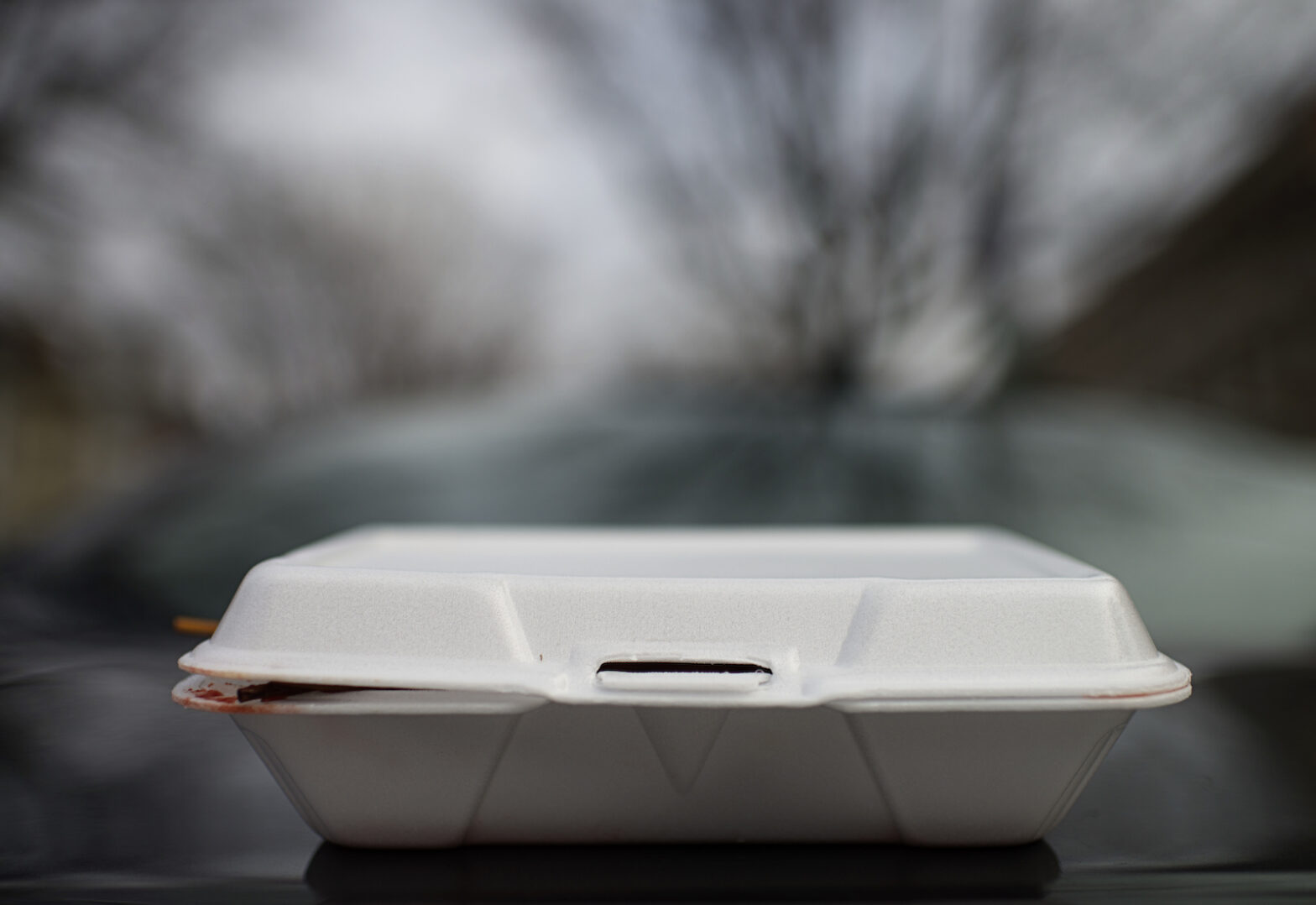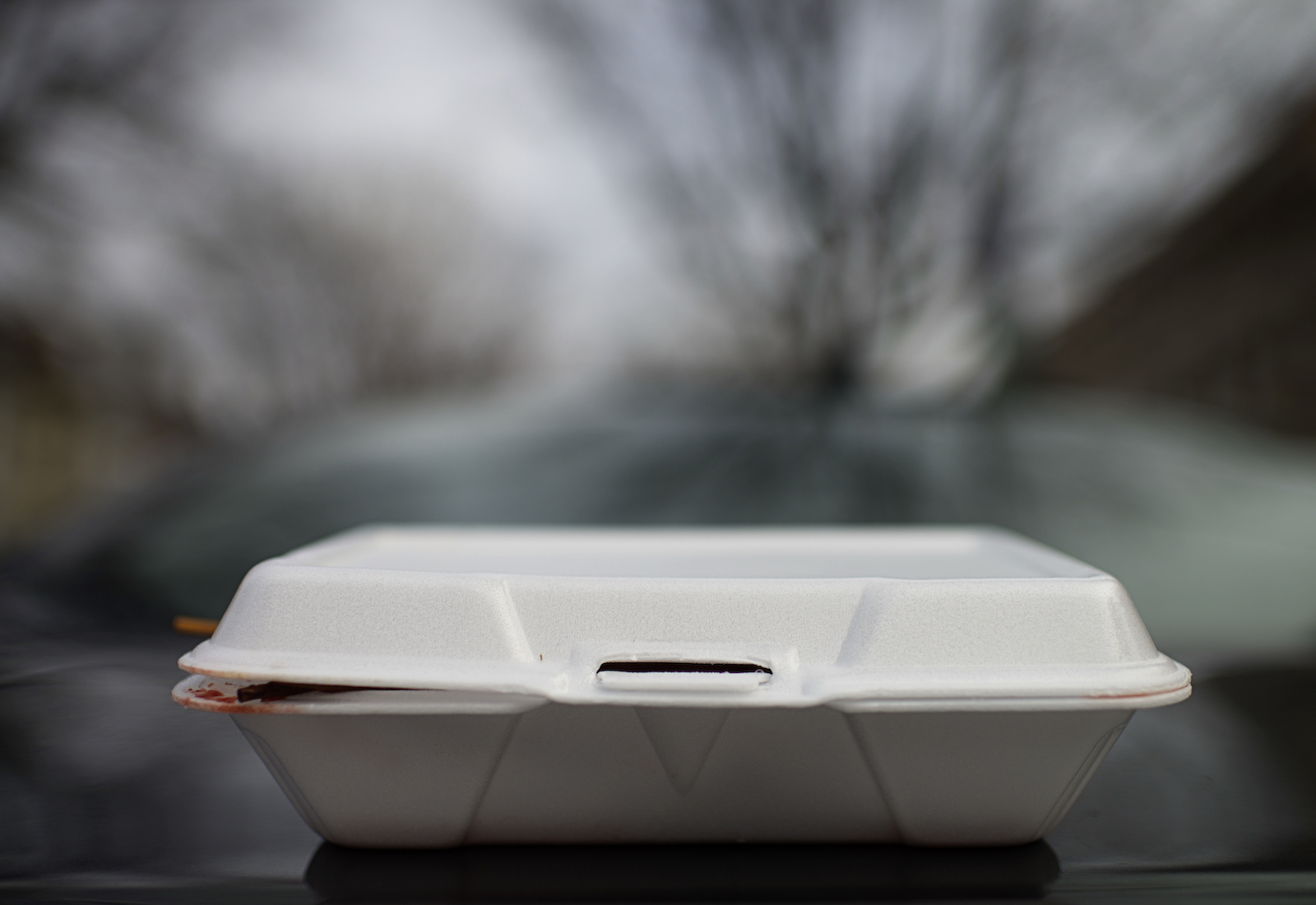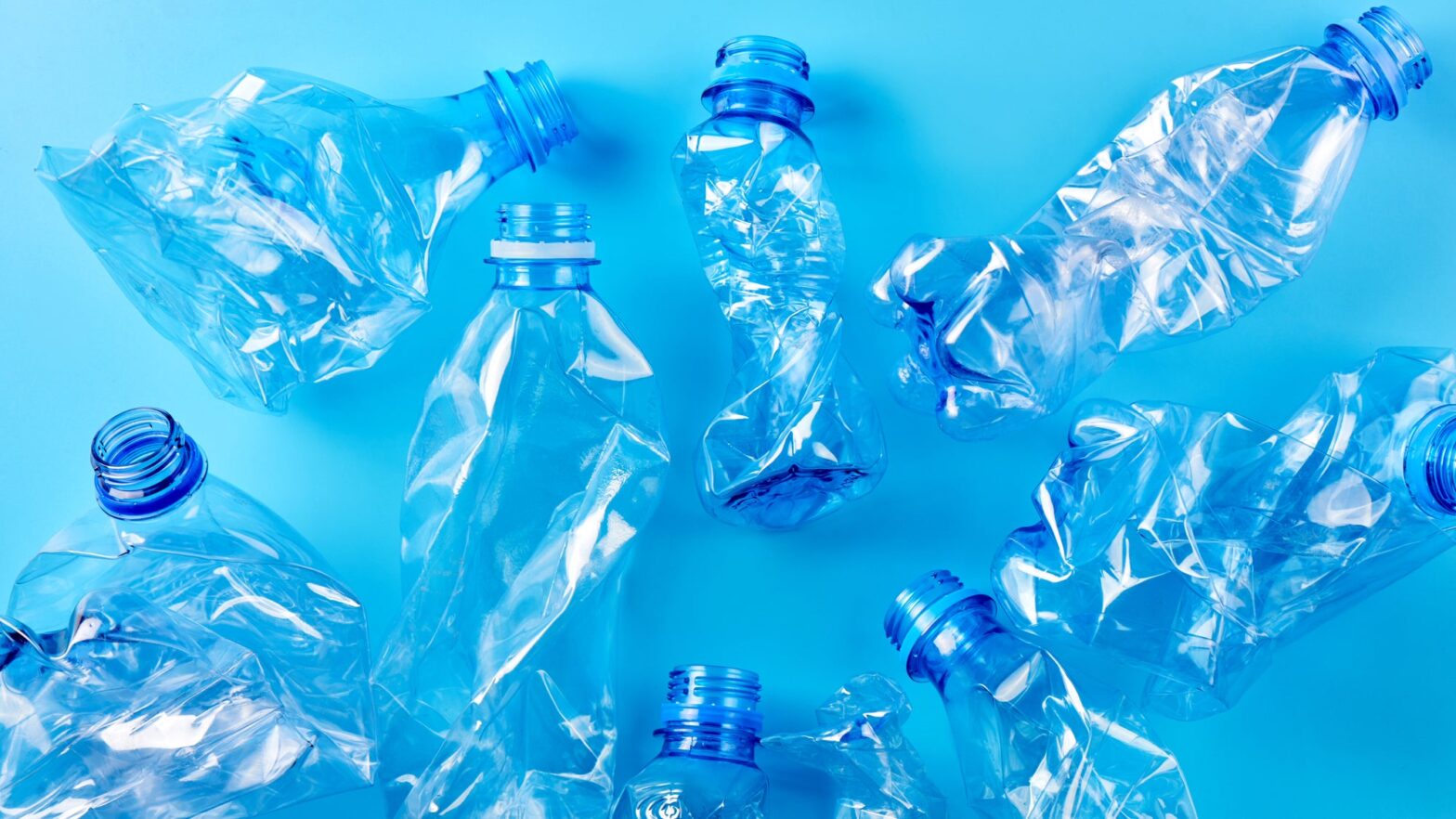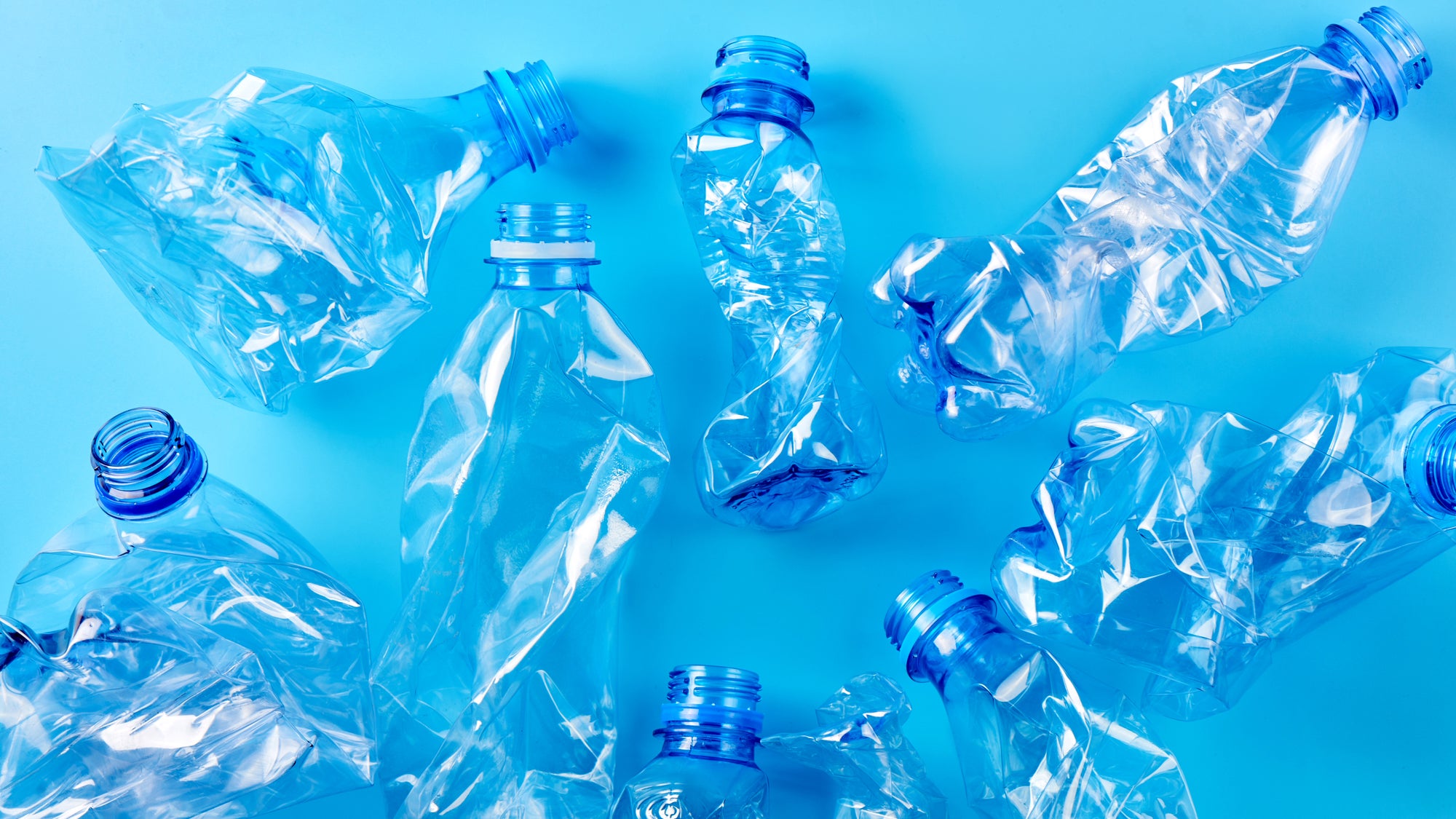Research out of Scotland suggests that the chopping, shredding and washing of plastic in recycling facilities may turn as much as six to 13 percent of incoming waste into microplastics—tiny, toxic particles that are an emerging and ubiquitous environmental health concern for the planet and people.
A team of four researchers measured and analyzed microplastics in wastewater before and after filters were installed at an anonymous recycling plant in the United Kingdom. The study, one of the first of its kind, was published in the May issue of in the peer-reviewed Journal of Hazardous Material Advances.
If the team’s calculations are ultimately found to be representative of the recycling industry as a whole, the scale of microplastics created during recycling processes would be shocking—perhaps as much as 400,000 tons per year in the United States alone, or the equivalent of about 29,000 dump trucks of microplastics. The study suggests that rather than helping to solve plastics’ contribution to what the United Nations has described as a triple planetary crisis of pollution, climate change and biodiversity loss, recycling could be exacerbating the problem by creating an even more vexing conundrum.
Other scientists are finding microplastics in human blood, human placentas and in virtually all corners of the planet, and the United Nations has warned that chemicals in microplastics are associated with serious health impacts including changes to human genetics, brain development and reproduction.
The paper was published as United Nations delegates prepare to hold their second meeting to negotiate a potential global plastics treaty later this month in Paris, with one potential outcome being more plastics recycling as the chemical and plastics industry presses governments to keep plastic in the global economy.
“It seems quite backward to me,” said plastics researcher Erena Brown, who led the research while she was a graduate student at the University of Strathclyde in Glasgow. “With plastic recycling, we have designed and initiated it in order to start protecting our environment. I think this study has shown that we have ended up creating a different if potentially slightly worse problem.”
The recycling plant allowed researchers to measure microplastics in wastewater before and after the plant installed filters, which Brown said definitely helped to reduce microplastics.
But even with filters, the study found that the mechanical recycling process that produced plastic pellets to make new plastic products could still allow as much as 75 billion particles of microplastics in a cubic meter of the plant’s wastewater.
In all, they calculated the plant would annually release as much as 3 million pounds of microplastics with filtration, and up to 6.5 million pounds without filtration.
The study measured microplastics down to a size of 1.6 microns, which Brown said was smaller than two other similar studies that the researchers found. Still, she said, with the widespread prevalence of even smaller micro and nano plastics, smaller than the study’s size limit, the researchers believe their findings underestimate the problem.
“We assume that there are many, many, many particles in sizes smaller than this,” she said.
The researchers also detected microplastics in the air at the recycling facility and suggested that such air emissions should be the focus of additional research since breathing microplastics is a risk to lung health.
Recycling Could Create a ‘Ridiculous’ Amount of Microplastics
The plastics and packaging industries have pushed recycling and consumer responsibility for decades. But plastics are made with thousands of chemicals including additives designed to give them special properties including clarity, strength, color and flexibility. Many of those chemicals are toxic, and increasingly, scientists and environmental advocates have been warning that the complicated chemical nature of so many different types of plastic is what has helped make them so difficult to recycle.
The world is making twice as much plastic waste as it did two decades ago, with most of the discarded materials buried in landfills, burned by incinerators or dumped into the environment, according to the Organization for Economic Co-operation and Development, a group that represents developed nations. Production is expected to triple by 2060. Globally, only 9 percent of plastic waste is successfully recycled, according to OECD.
In the United States, the recycling rate could be less than 6 percent, according to a 2022 report by the environmental groups Beyond Plastics and The Last Beach Cleanup.
Kara Pochiro, a spokesperson for the Association of Plastic Recyclers, a trade group representing the recycling industry, said “recycling is an industrial process regulated like any other industrial process in the U.S. Recyclers must conform with national, state, and local regulations regarding all aspects of the business including environmental laws.”
However, Brown said she’s not aware of any requirements anywhere that recyclers must track or limit the number or amount of microplastics in their wastewater effluent. And in the United States, the Environmental Protection Agency does not specifically regulate microplastic discharges from wastewater treatment plants, wastewater experts said this week.
The EPA did not respond to a request for comment.
Environmental advocates expressed alarm at the research findings.
The research suggests that recycling plants in the United States could be “creating ridiculous amounts of microplastics,” said Jan Dell, a chemical engineer who has worked as a consultant to the oil and gas industry and founded The Last Beach Cleanup, the nonprofit that fights plastic pollution and waste.
Dell said the study highlights a problem she said she has “been yelling about for years,” what she calls the “material waste rate” for plastic recycling, “but no one pays attention.” Her own calculations based on industry data she cited in her group’s report last year with Beyond Plastics estimated a 30 percent material loss for recycling PET plastic bottles, commonly used by beverage companies. “To make 100 bottles out of recycled plastic, 143 bottles have to be collected and processed,” she said.
The Association of Plastic Recyclers estimates there are more than 100 post-consumer plastic recycling operations in the United States and Canada. Many are likely sending their wastewater to municipal wastewater treatment facilities.
Generally, treatment plants are supposed to comply with rules that limit solid particles in their effluent. So regulations would capture some, but not all, microplastics—and what gets through would be the smaller and more dangerous particles, Dell said.
Microplastics captured in treatment end up in a plant’s biosolid byproduct, or sewage sludge, which is often spread on land as a fertilizer, allowing microplastics to contaminate the soil and wash into waterways during rain, according to a March report produced by the Minderoo-Monoco Commission on Human Health, a body of scientists assembled by the Australian-based Minderoo Foundation, and published in the Annals of Global Health, a peer-reviewed scientific journal.
In fact, more microplastics are estimated to enter the soil from the use of wastewater sludge for agricultural purposes each year than microplastics entering the ocean or freshwater sediments, the commission study found.
“The presence of (microplastics) in sewage sludge poses a threat to soil health and productivity and could cause harm to soil-dwelling biota,” the Minderoo-Monoco group found.
“Microplastic has to go somewhere,” Dell said. “It doesn’t disappear.”
Study Adds to UN Plastics Debate
California is at the forefront of microplastics regulatory investigations and potential actions, and is weighing options to limit microplastics in water bodies, said Shelley Walther, an environmental scientist at the Los Angeles County Sanitation Districts. She’s also leading a task force on microplastics with the Water Environment Federation, an industry group for wastewater professionals.
A 2016 study in Los Angeles found that wastewater treatment designed to collect “suspended solids” are more than 99 percent effective at capturing microplastics, she said. But she also said that the study did not include the smallest of the particles.
Walther said that among the challenges of curbing microplastics is that they are hard to measure. “There’s still not a lot of great technology,” Walther said.
Keep Environmental Journalism Alive
ICN provides award-winning climate coverage free of charge and advertising. We rely on donations from readers like you to keep going.
She also cited ongoing uncertainty over the health threats from microplastics, pointing to a World Health Organization report from last year that called for more research to get to the bottom of concerns about microplastics. What’s needed, she said, are “data quality objectives and standardized methods” that will produce believable findings.
The World Health Organization study found that there was limited data to prove that nano and microplastic particles have “adverse effects in humans.” But, the WHO, which has called for a stop in the increase of plastic pollution worldwide, said its findings do not imply that exposure to microplastics is safe. And, the health body concluded, “there is increasing public awareness and an overwhelming consensus among all stakeholders that plastics do not belong in the environment, and measures should be taken to mitigate exposure” to them.
The Minderoo-Monoco Commission on Human Health report, however, took a broader look at plastics throughout their lifecycle and found health and environmental impacts from production to use and disposal, including from microplastics. While acknowledging “gaps remain in knowledge about plastics’ harms to human health and the global environment,” the report identified many of the chemicals used in plastics as known toxicants.
One of its lead authors, Dr. Philip J. Landrigan, a pediatrician, epidemiologist and director of Boston College’s Global Public Health Program and Global Observatory on Planetary Health, said he believes the health debate over plastics is largely resolved.
“There are still details to be worked out about the exact magnitude, but there is no doubt whatsoever that plastic causes disease, disability, premature death, economic damage and damage to ecosystems at every stage of its life cycle,” he said in March.
At the United Nations, countries are working to develop a treaty or agreement aimed at ending plastic pollution by 2040. Some countries are pushing to reduce and cap plastic production, which could double over the next 20 years, while others are focusing on waste management solutions, such as recycling.
For their part, the authors of the recycling plant study on microplastics concluded their report provides insight into the potential for plastic recycling facilities to be significant sources of microplastic pollution and considerations for ways to reduce that pollution through filtration. More research is needed to determine whether their findings are typical and can be extrapolated across the industry, Brown said.
But Brown said there could be another potential solution.
It is clear, Brown said, that “we don’t know what to do with (microplastics) once we find them.” But the recycling study “highlights to me that we just need to be making so much more effort in reducing our plastic production and consumption, instead of focusing on recycling.”




